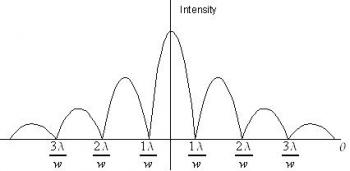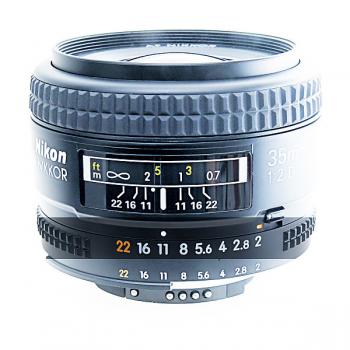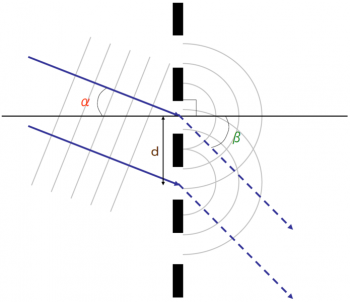Diffraction is the phenomenon which explains a wave when it encounters an obstacle. The diffraction phenomenon is described as the apparent bending of waves around small obstacles and the spreading out of waves past small opening. Effects similar to this occur when light travels through a medium with a varying refractive index. Diffraction can occur with different types of waves. Physical objects have wave-like properties and therefore diffraction also occurs with matter. It can be studied according to the principles of quantum mechanics.
Diffraction can occur whenever propagating waves encounter changes. The effects are most pronounced for waves whose wavelengths are roughly similar to the dimensions of the diffracting objects. If obstructing objects proved multiple closely spaced opening, a complex pattern of varying intensity can result. This principle is due to the superposition or interference of different parts of a wave that travels to the observer through different paths.
Diffraction effects can be seen in everyday life. The common examples are those involving light. For example, the closely spaced tracks on a CD or DVD displays diffraction which is seen through the formation of a rainbow pattern. Diffraction in the atmosphere of small particles can cause a bright ring to be visible around a bright light source such as the sun or moon.
© BrainMass Inc. brainmass.com April 18, 2024, 7:48 pm ad1c9bdddf


